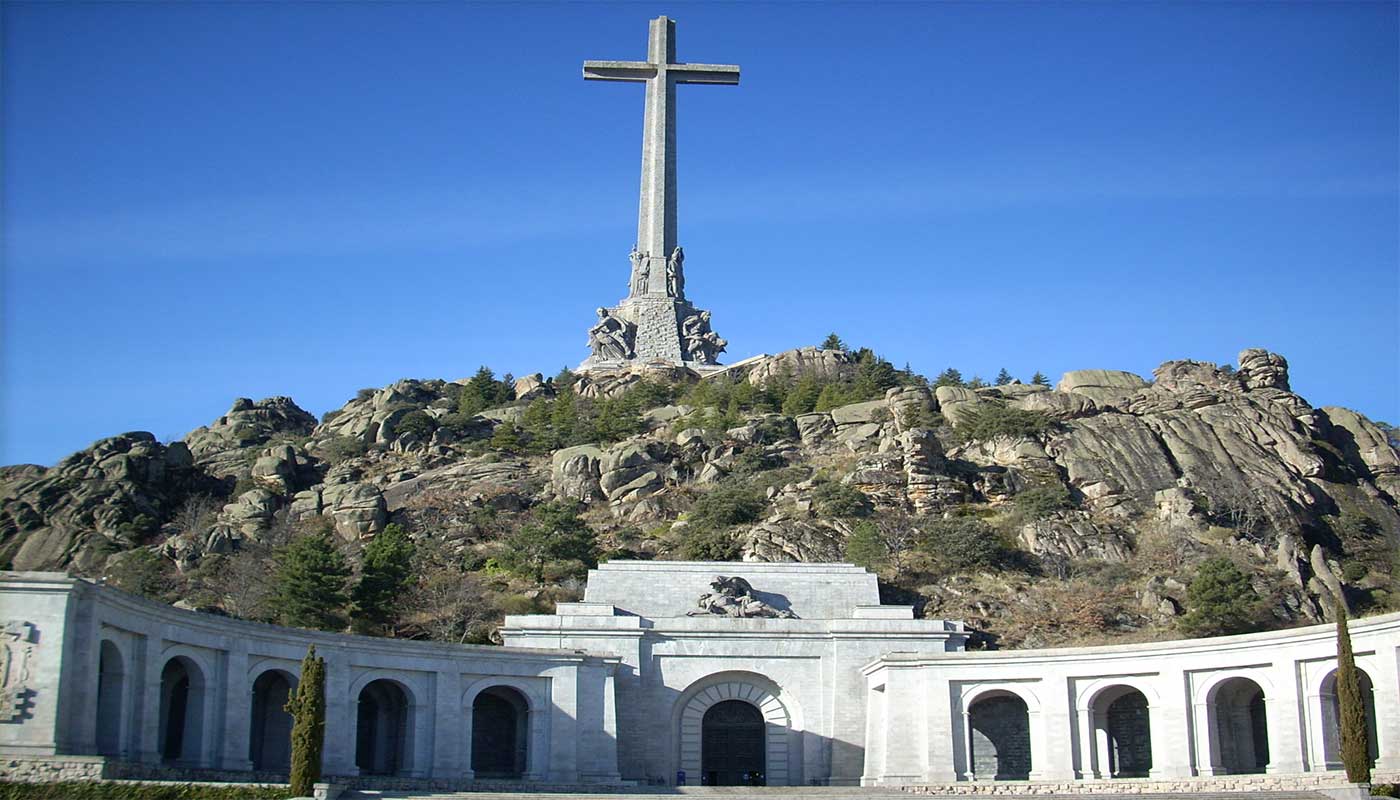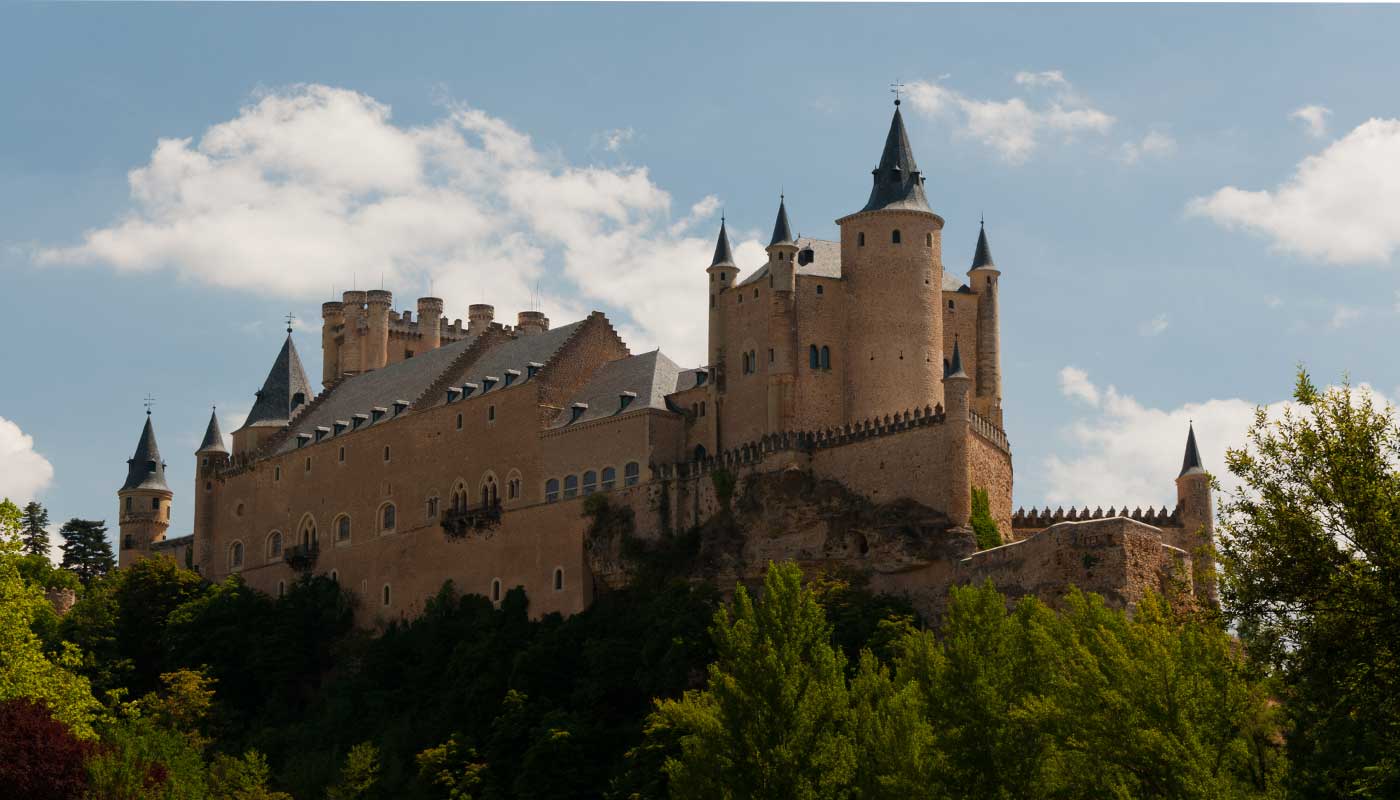Escorial – Segovia – Valle de los Caídos

The monumental complex El Escorial- Valley of the Fallen, is a place of unique beauty and a must. Segovia is just amazing.
San Lorenzo de El Escorial
This environment of singular beauty was chosen by King Philip II to build the Monastery of San Lorenzo de El Escorial, fulfilling the wishes of his father Charles V of building a Royal Pantheon which, in its time, it represented the spirit of his government and the grandeur of the Habsburg dynasty.
Besides the Real Monastery, we can enjoy an interesting historical and artistic set and numerous buildings forming part of Spanish historical heritage of centuries XVI and VXIII. Throughout the year, an attractive and diverse cultural offerings allows visitors to enjoy many activities.
A diverse range of dishes and styles, which distinguish the gastronomic offer of the town, represents the cuisine of San Lorenzo de El Escorial. Restaurants, bars and cafes with terraces in streets and squares allow visitors to enjoy the quality of its products, among which are the typical dishes of the mountain cuisine.
Valle de los Caídos (Valley of the fallen)
Located in the town of San Lorenzo de El Escorial, the National Monument of Valle de los Caídos or the Abbey of the Holy Cross Valle de los Caídos was built between 1940-1958 by order of Francisco Franco. Currently it stands as a tribute to the fallen of both sides during the Civil War and as a symbol of reconciliation of Spanish society. It is the tomb of Franco himself.
In the complex are a Benedictine abbey and a basilica carved into the rock on which the highest Christian cross world stands 108 meters high.
Segovia
Located north of the great mountain range that bisects the central plateau of the Iberian peninsula, Segovia is one of the nine provinces which form the Community of Castile and León. In 1985 the Old Town of Segovia and its Aqueduct were declared World Heritage by UNESCO.
The Aqueduct of Segovia, located in the emblematic Plaza Azoguejo, is the distinctive symbol of the city. The date of its construction, which was conducted in the late first or early second century and is the most important work of Roman civil engineering in Spain is unknown.
The Alcazar of Segovia, royal palace situated on top of a rock between the Eresma and Clamores rivers, is documented for the first time in 1122, although it may exist in earlier time. It was a favorite residence of the Kings of Castile.
The Monastery of San Antonio “El Real” was the former hunting lodge of Henry IV and later became a convent. Are unique its Mudejar coffered ceilings dating of 1455.
The Cathedral of Santa Maria is the last Gothic cathedral built in Spain. It is considered the masterpiece of Gothic Basque-Castilian and is known as “The Queen of Cathedrals”.
The city has renowned inns and restaurants where you can taste the specialties of Segovia kitchen. The tender roast pork or the little pork are part of the supply of meat, supplemented by many other products obtained from the pork.
To book this tour please contact us through our contact form or making click in the below green button. We will be in touch with you shortly and will provide you with price and details.
Are you in a tour mood?



